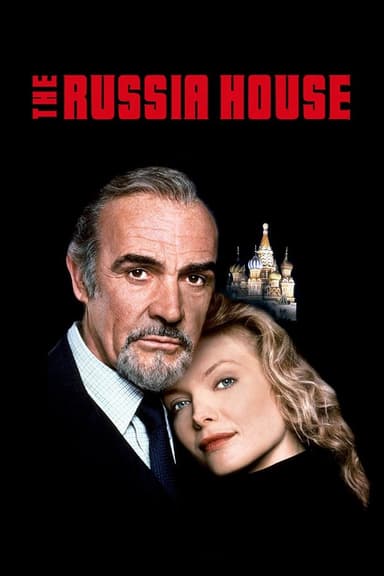
The Fourth Protocol
1987 • Action, Thriller
Led by Kim Philby, Plan Aurora is a plan that breaches the top-secret Fourth Protocol and turns the fears that shaped it into a living nightmare. A crack Soviet agent, placed under cover in a quiet English country town, begins to assemble a nuclear bomb, whilst an MI5 agent attempts to prevent its detonation.
Runtime: 1h 59m
Why you should read the novel
Before you stream the 1987 movie The Fourth Protocol, read Frederick Forsyth’s original novel. It delivers razor-sharp spycraft, authentic Cold War stakes, and a steadily intensifying dread the film only hints at.
Forsyth’s book immerses you in MI5–MI6 rivalries, KGB strategy, and the meticulous mechanics behind smuggling and assembling a device near a U.S. air base in Britain. Expect layered motives, realistic tradecraft, and rich geopolitical texture.
If you love intelligent spy thrillers, choose the source material. The Fourth Protocol novel offers deeper context, fuller characterization, and page-turning suspense—perfect for fans of John le Carré, Len Deighton, and Tom Clancy.
Adaptation differences
Book vs movie scope: The novel explores wider Cold War politics and British domestic ramifications—including election anxieties and public-opinion manipulation—while the film streamlines these threads into a tighter, action-driven plot for the screen.
Character depth and motives: On the page, John Preston’s career setbacks, MI5 infighting, and Sir Nigel Irvine’s long game receive far more attention. The movie compresses roles, trims backstories, and reframes motives to maintain pace and clarity.
Tradecraft and logistics: The book painstakingly details the illegal network, multiple couriers, border crossings, and step-by-step nuclear assembly. The adaptation condenses timelines, alters technical specifics, and reduces the number of moving parts for cinematic economy.
Climax and fallout: The novel’s endgame emphasizes political consequences and moral ambiguity, whereas the film opts for a clearer, more decisive resolution and a neater fate for key players—shifting tone from intricate intrigue to cinematic closure.
The Fourth Protocol inspired from
The Fourth Protocol
by Frederick Forsyth












